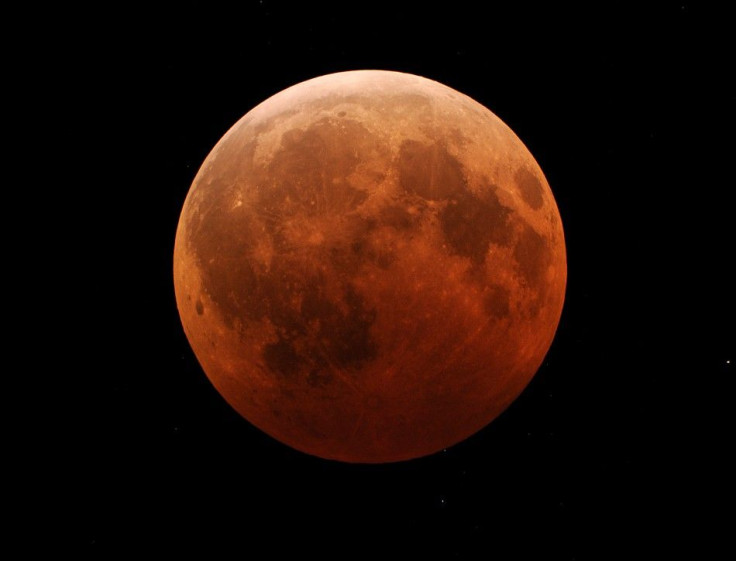Supermoon Total Lunar Eclipse: Exciting Sky Events To Watch Out For In May
KEY POINTS
- A meteor shower will peak soon after the month begins
- May is the best month to look for Mercury this year
- The month's supermoon will also happen along with a total lunar eclipse
After the recent supermoon, skywatchers may still want to take their binoculars and telescopes out as May will be full of exciting sky events -- from a meteor shower to the biggest supermoon of the year.
Eta Aquariid Meteor Shower
The Eta Aquariid meteor shower will peak on the evening of May 4 to 5. It will be quite strong when viewed from the southern tropics, the American Meteor Society (AMS) said. Eta Aquariids would still produce a "medium" meteor shower from the equator northwards, from 10 to 30 meteors per hour before dawn.
"Activity is good for a week centered the night of maximum activity," the AMS noted. The moon won't be too bright on the evening of the peak as it is only 38% full, though.
Stay up a little bit longer until early morning on May 5 for a chance to catch a glimpse of Jupiter and Saturn before morning twilight, NASA said.
Spot Mercury During The "Goldilocks Zone"
For those who live in the Northern Hemisphere, May is the best month to look for Mercury this year, EarthSky said. However, those who would like to see the planet may have to set the alarm as it will be best seen at a particular time of the day.
Dubbed the "Goldilocks Zone" by EarthSky, the best time to see it would be about an hour or so after sunset, especially during its greatest elongation in mid-May.
"The trick is not to look too soon or too late," the outlet noted. "If you seek too soon, Mercury will still be bleached out by the glow of evening twilight; yet if you search too late, Mercury will have followed the sun beneath the horizon."
Total Lunar Eclipse During A Supermoon
On May 26, people will be treated to a total lunar eclipse, which NASA noted will be the first in two and a half years. The totality will last for just about 15 minutes, although the entire event's duration is over three hours. Once the moon is entirely within the umbra, or the part of the Earth's shadow where the sun is "completely hidden," the moon will have an eerie copper color.
The total lunar eclipse will happen simultaneously with the Flower Supermoon, which is said to be the closest and, as such, the biggest supermoon of the year. It will reach its peak illumination on the same day at 7:14 a.m. EDT, The Old Farmer's Almanac noted, dubbing it the "full flower supermoon eclipse."
This special total lunar eclipse will be visible in western North America, parts of South America, Southeast Asia, Australia, New Zealand and the Pacific Ocean, EarthSky said. Those in the Americas will view it in the early morning before sunrise, while those in New Zealand, Australia and Southeast Asia will have their chance in the evening.

© Copyright IBTimes 2025. All rights reserved.






















